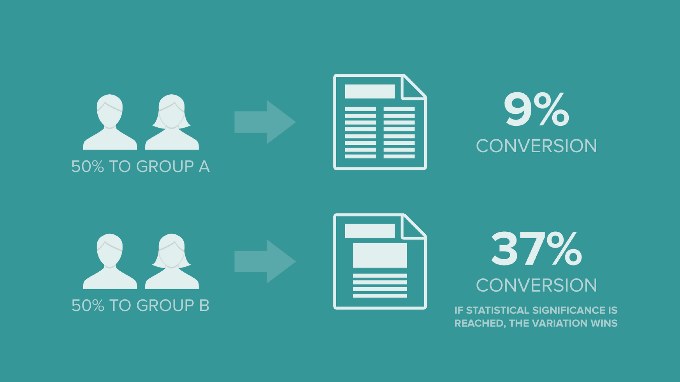With the rise of digital marketing and the increasing importance of email campaigns, A/B testing has become a crucial tool for marketers looking to optimize their email marketing strategies. A/B testing, also known as split testing, allows marketers to compare two versions of a campaign to determine which one performs better.
What is A/B Testing?
A/B testing involves creating two versions of an email campaign – version A and version B – with one key difference between them. This difference could be anything from the subject line, the call-to-action, or the layout of the email. By sending these two versions to a sample of your audience, you can analyze the results to see which version generates the best response.
Why is A/B Testing Important for Email Marketing?
A/B testing allows you to make data-driven decisions about your email marketing campaigns. By testing different elements of your emails, you can gain valuable insights into what resonates with your audience and what doesn’t. This information can help you optimize future campaigns, leading to higher open rates, click-through rates, and ultimately, conversions.
How to Conduct A/B Testing for Email Marketing
When conducting A/B testing for email marketing, there are a few key steps to follow:
1. Define Your Goals
Before you start testing, it’s important to clearly define your goals. Are you looking to increase open rates, click-through rates, or conversions? By setting specific objectives, you can focus your testing on the elements that will help you achieve those goals.
2. Choose Your Variables
Decide which elements of your email campaign you want to test. This could include the subject line, the email copy, the call-to-action, the design, or the sender name. Start with one variable at a time to accurately measure the impact of each change.
3. Create Your Test Groups
Divide your audience into two equal groups – Group A and Group B. Group A will receive version A of your email, while Group B will receive version B. Make sure your sample size is large enough to generate statistically significant results.
4. Monitor and Analyze Results
Track key metrics such as open rates, click-through rates, and conversions for each version of your email. Use an email marketing platform that provides detailed analytics to help you analyze the results. Look for patterns and trends to determine which version performed better.
5. Implement Changes
Based on the results of your A/B test, make adjustments to your email campaign. Test different variables and continue to refine your strategy over time. By consistently testing and optimizing your campaigns, you can improve your email marketing performance and drive better results.
Best Practices for A/B Testing
When conducting A/B testing for email marketing, keep the following best practices in mind:
Test one variable at a time to accurately measure its impact.
Ensure your sample size is large enough to generate reliable results.
Test regularly to stay up-to-date with changing audience preferences.
Use data-driven insights to make informed decisions about your campaigns.
Continue to test and optimize your campaigns to maximize your results.
Conclusion
A/B testing is a powerful tool for optimizing your email marketing campaigns. By testing different elements of your emails and analyzing the results, you can gain valuable insights into what resonates with your audience and drive better results. Follow the best practices outlined in this article to conduct successful A/B tests and improve your email marketing performance.
This article provides a comprehensive overview of A/B testing for email marketing, including why it’s important, how to conduct tests, and best practices to follow. By following these guidelines, marketers can optimize their email campaigns and improve their overall performance.

